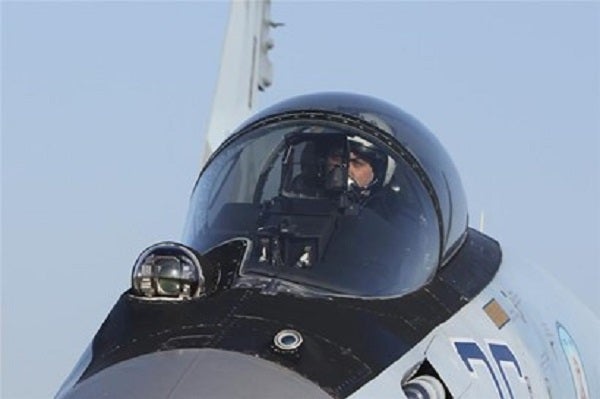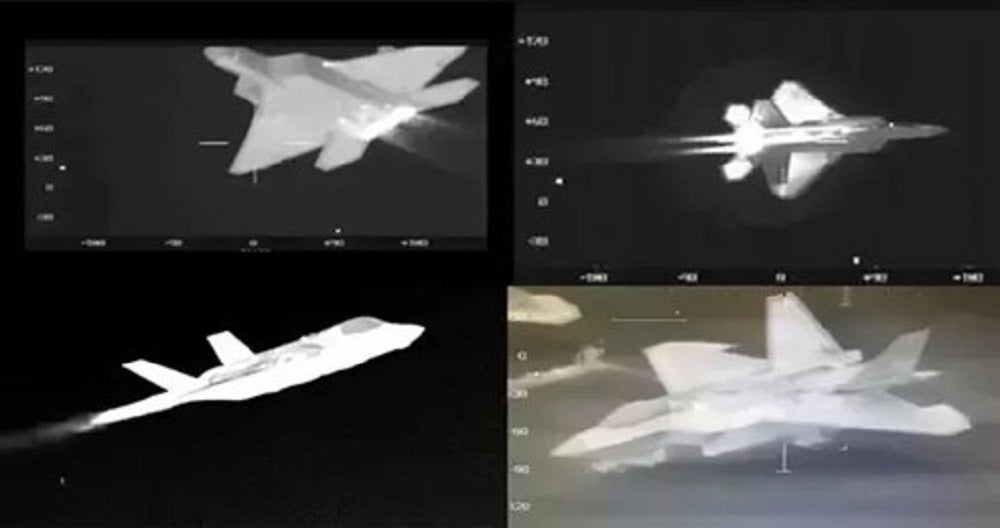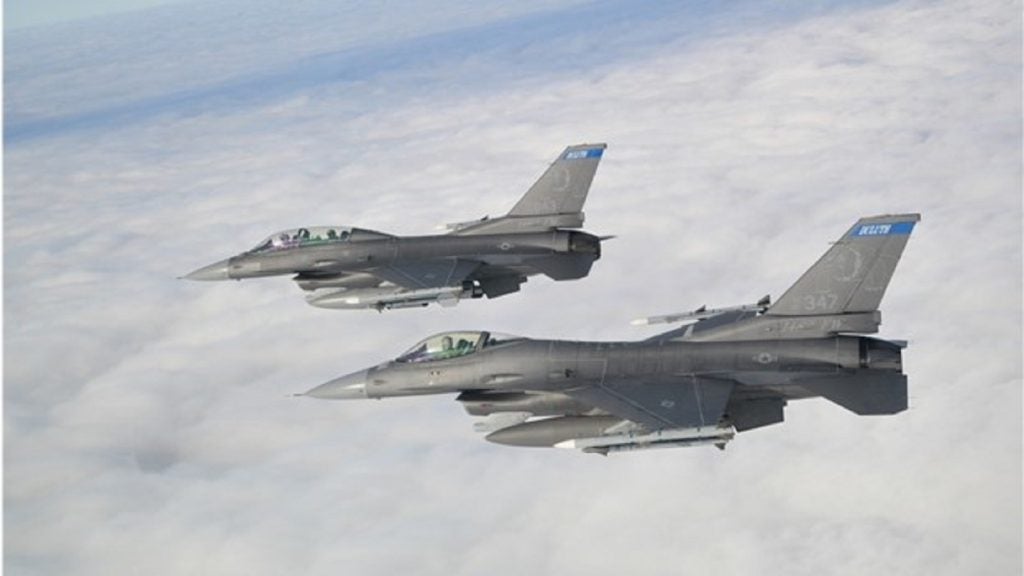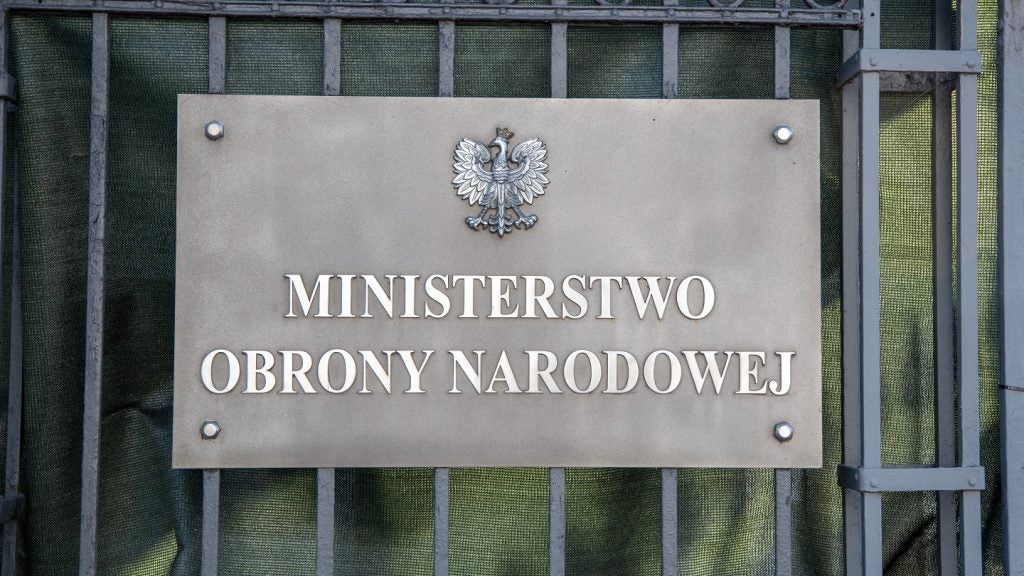The US government has agreed to sell Taiwan infrared search and track (IRST) technology for its fleet of F-16 Fighting Falcon jets, the Defense Security Co-operation Agency confirmed today.
Under a Foreign Military Sales agreement worth $500m, the US will give Taipei a competitive advantage in its sovereign airspace against any further military pressure from its mainland neighbour, China.
Taiwan’s Ministry of National Defence welcomed the decision in a press release where it expressed its “sincere gratitude to the US for its decision on arms sales.”
Meanwhile, an article in China’s state-owned news outlet the Global Times suggested the move “will prove futile.” The author casts doubt on the tech’s effectiveness, arguing that “single pieces of equipment cannot win battles.”
This is a marked military support package unlike US President Joe Biden’s track record of supplying missiles and equipment to match Taiwan’s asymmetric warfare approach.
The President of the US-Taiwan Business Council (USTBC) Rupert Hammond-Chambers affirmed this, saying “the IRST sale may be evidence that the Biden administration is adjusting and broadening its approach in support of Taiwan’s defence, given that this sale provides new capabilities that enhance its military ability to meet [the People’s Liberation Army’s] threats beyond the narrow asymmetric view.”

Adapting the F-16Vs with modern capabilities
The F-16 Fighting Falcon is a prolific multi-purpose aircraft with more than 3,000 active units worldwide.
Currently, the Taiwanese Air Force employs 141 active F-16s, which Lockheed Martin produced and delivered to Taiwan between 1992 and 1999 according to GlobalData intelligence.
However, Taiwan is currently upgrading this fleet to the F-16V standard; the modernisation will end sometime this year.
Lockheed Martin has suggested that their new production of F-16s leverage structural and capability upgrades that “ensure the international F-16 fleet can operate to 2060 and beyond.”
The original manufacturer has been busy adapting the aircraft to meet the new face of fifth-generational warfare with a range of new capabilities for the fourth-gen jet; such as leveraging Northrop Grumman’s Active Electronically Scanned Array radar system.
How will the IRST capability enhance Taiwan’s F-16s?
GlobalData Aerospace and Defence Analyst James Marques explained that the IRST is an alternate method of detection and tracking to radar.
“Radars can be jammed by electronic warfare but because IRST is essentially a type of camera, it’s difficult to defeat as a tracking method.”
“This is especially relevant for China’s J-20 fighter jet, which is meant to be a stealth aircraft (difficult or near-impossible to detect on radar). There is little you can do to hide from an IR camera – however, with the caveats its range is limited compared to radars and still vulnerable to being disrupted by weather such as clouds, etc.”
GlobalData tells us that the People’s Liberation Army Air Force currently operates 150 active J-20 fighter units.
In its recent press release, Taiwan’s defence ministry highlighted the importance of the new capability when it complained: “the [Chinese Communist Party’s] regular dispatch of military planes and drones… harass our air defence identification zone and affect the freedom of movement in Taiwan’s airspace. It has formed a serious military threat to us.”











